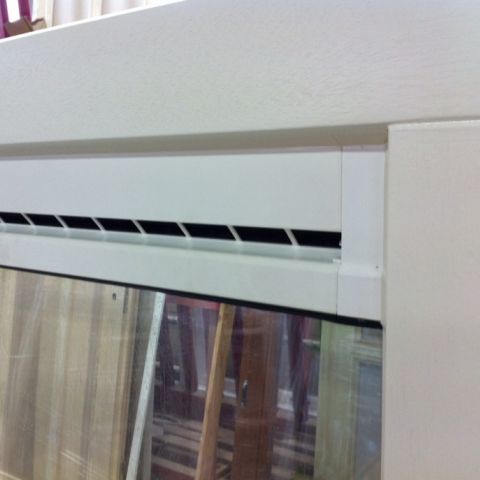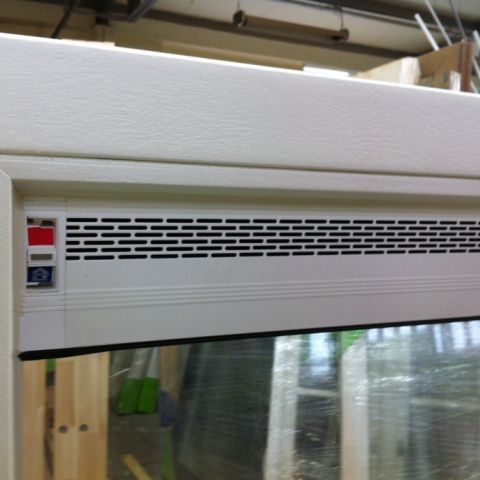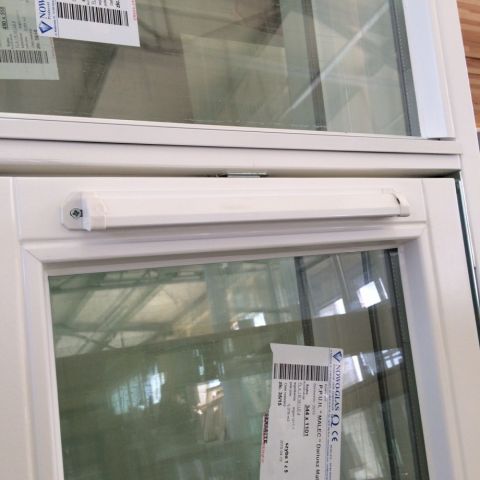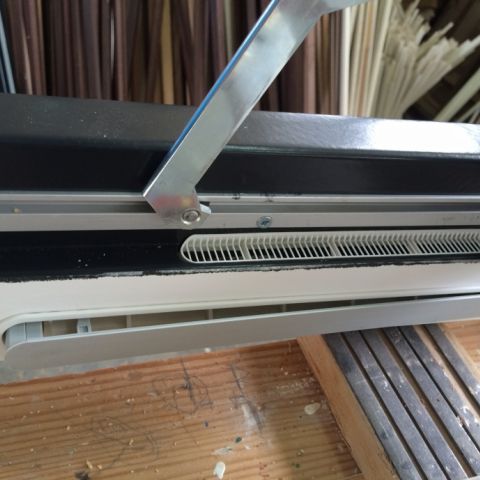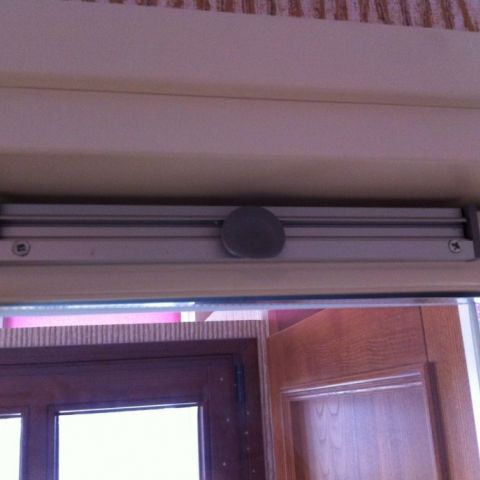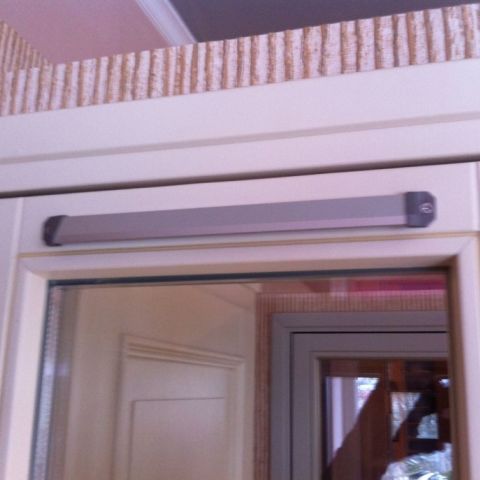News
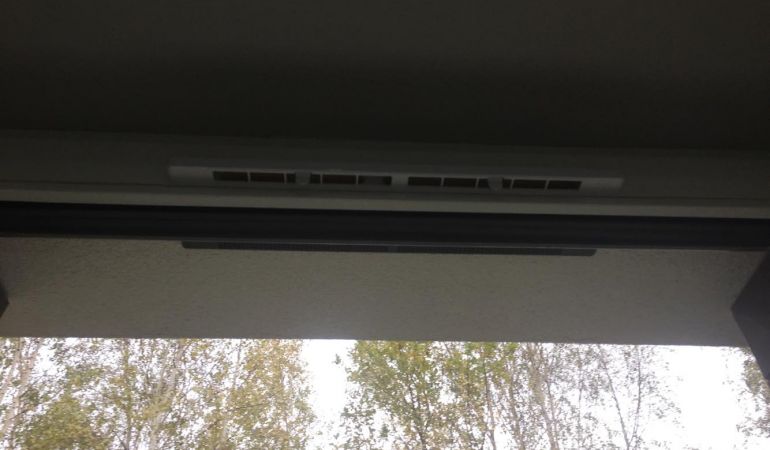 2018-10-29
2018-10-29
Room ventilation and window ventilators
Window diffusers are part of the home ventilation system. They provide fresh air from outside, thus forcing air to circulate inside the building, which is a definition of ventilation - regardless of the type and system. In this way, we provide the right proportions of moisture in the rooms. Thanks to the additional air exchange, we improve the comfort of living for all household members.
Ventilator in the window
The window with the diffuser guarantees the delivery of fresh air to a specific part of the room. In this way, we enforce a circulating air movement. The operation of window diffusers is divided into hygrostered ones (they themselves determine the size of the air flow which is strictly dependent on the content of water vapor in the room), pressure self-regulation (the amount of air supplied depends on the pressure differences inside and outside the room) and manually controlled models ( manual change of the diffuser's position). All types of diffusers mentioned above are suitable both for new windows and those already installed.
Ventilator and ventilation
The windows in the house should be equipped with supply elements. This is regulated by the regulations on ventilation at home, in force since 2009. by. Polish Standard PN-B-03430: 1983 / Az3: 2000P regarding ventilation in residential buildings, collective housing and public utilities. These recommendations apply to houses with gravitational ventilation, assisted gravitational ventilation or mechanical exhaust ventilation. The exception is the supply and exhaust ventilation system (in this case all windows must be tight). The Act of January 1, 2009 specifies the air infiltration coefficient for windows and balcony doors that can be opened at a level not exceeding 0.3 m3 / (m * h * daPa2 / 3). The inflow of external air should be provided in the amount necessary for the proper functioning of residents by means of supply devices placed in the windows, balcony doors or other parts of the external partitions. In accordance with the ordinance of the Minister of Infrastructure of 12 April 2002, we must ensure a minimum flow of external air (to rooms, which are not work rooms) of 20 m³ / h per person provided for in the construction project for permanent residence. In addition, there is a differentiation between rooms with different functions, e.g. for a bathroom it is 50 m³ / h, and in the kitchen with a gas stove up to 70 m³ / h. The method of supplying fresh air from the outside can be provided by using micro ventilation in the window (no complete closure of the window). If the window does not have micro ventilation in the fitting system - additional ventilation elements in the form of window diffusers should be used. In the case of an old window joinery, the matter is much easier because the air is automatically circulated through leaks in the windows and doors. Very often we face this problem after replacing the joinery when the problem of improper ventilation in the building becomes noticeable.
How does the window diffuser work?
- number of diffusers
The selection of the number of diffusers for the home is based on the summation of a balanced air stream circulated (the amount of air removed must be equal to the amount of incoming air) taking into account the type of rooms within the building / storey. The value obtained should be divided by the efficiency (maximum flow) of the selected model of the diffuser. The result rounded to the whole will show us the number of diffusers recommended for our home. First, we arrange them one in each room, and in the case of rooms larger than 25 m2, two ventilators can be installed. Optionally, the diffuser can also be placed on the kitchen window.
- type of diffusers
Diffusers as devices using wind energy and the principle of operation of the temperature difference in order to cause the inflow of air into the rooms are divided into:
- pressure diffusers
- hygrostered diffusers
- in-and overhead diffusers
- the benefits of using ventilators at home
The basic advantages of joinery enriched with air supply elements include increased thermal comfort in the building, which is manifested by the lack of condensate on the windows that could lead to the development of fungus and mold. Moreover, the lack of feeling of drafts that accompanies open windows and lower heat bills combined with an effective ventilation system is an undeniable advantage.
Installation of the window ventilator
Window diffusers can be purchased together with windows or purchased and mounted on existing windows. Each diffuser consists of an air intake located on the outside of the window and its internal part, ie the regulator. These devices are attached to the top of the window frame. The holes are made in accordance with the manufacturer's instructions. During use, it is not permissible to seal or cover the diffuser. It is also unfavorable to wet it, therefore it should be cleaned using a dry cloth, without any measures. The window diffusers do not require disturbing the window frame (assembly between the window frame and the glass when reducing its height).

 Polski
Polski Angielski
Angielski Niemiecki
Niemiecki